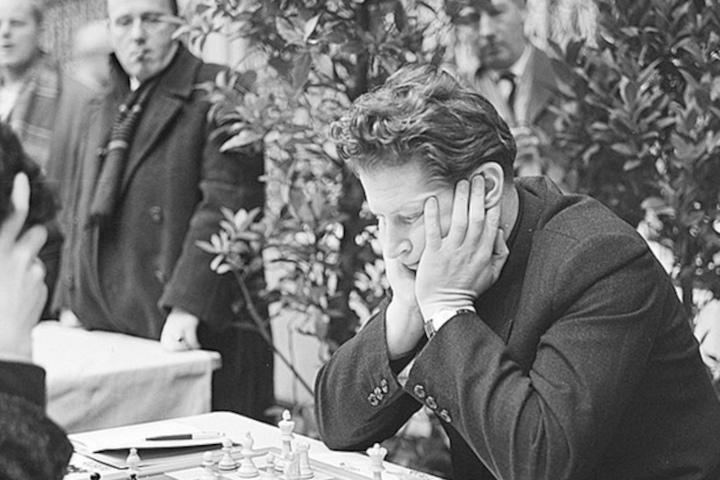


By Zoran Petronijevic
He was born in 1922 in a city called Kaluga but he spent the majority of his life in Moscow. Averbakh graduated from university as an engineer, but chess was always an essential part of his life.
At the peak of his career he was among the top 10 best players in the world. As a man of many interests, Averbakh excelled in a wide variety of fields. He was known to be an excellent organizer, he was the president of the chess federation in Soviet Union, he was the editor of two chess magazines, he was a chess historian, he was a chess arbiter at important international tournaments, he wrote many chess books, and he was a chess coach to some of the best players (Petrosian, Spassky).
Perhaps, the greatest contribution to chess that Averbakh will be known for, is his contribution to the development of the endgames. His contribution to the endgames is so significant that it is often said, "you should know Averbakh", which means that you should know endgames. As Raymond Keene wrote, among professional chess players he was known by the nickname "Mr. Endgame".
Averbakh became interested in studying endgames very early on during his chess career. His interest of studying the typical endgame positions had started in 1946 when one evening he and David Bronstein analyzed an adjourned position from a game between Mark Taimanov and David Bronstein, played in Moscow.
In the following diagrams we can see the Taimanov-Bronstein game with the analyses of Averbakh, as well as the positions that Averbakh explored in order to gain deeper insights into this type of endgame.
Averbakh published his analyses in countless articles, as well as in a large number of books, which have been translated into the most important languages. With a group of masters, Averbakh wrote a book on endgames in three volumes (1956, 1958 and 1962), which was revolutionary in the development of endgame studies and was indispensable for any serious player. For example, Robert Fischer deeply analyzed these books.
The second edition of these books was published in 1980–1984. The book was split into five volumes and has been translated into all major languages. These volumes are still considered as the standard in endgame studies, regardless of the fact that they were written in the pre-computer era.
Averbakh analyzed endgames successfully before computers, and many relevant players consider him as the best endgame expert known to play the game. He analyzed all types of endings, and it is difficult to single out any analyses that would show all his qualities as an analyst.
But for this article, I chose a position from a game between Capablanca and Janowsky, which, according to Averbakh himself, was one of his favorites.
| Advertising |